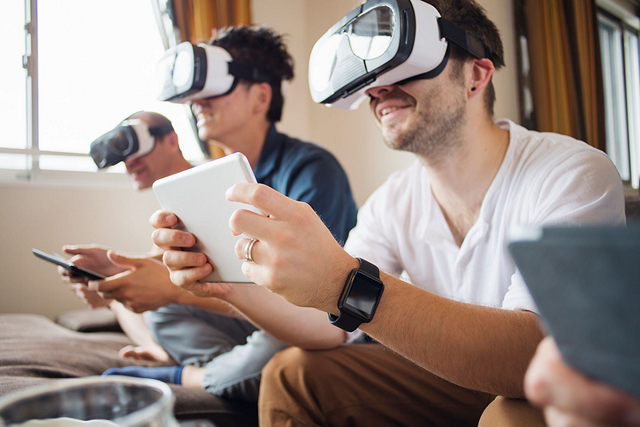Signals Research Group report dives into 5G gaming with comparisons of 5G NSA, SA, 5G mmWave, 5G FWA and more
How do the various flavors of 5G compare when it comes to gaming? Network testing and analysis firm Signals Research Group took a stab at nailing that down in its latest report, which sought to provide a working comparison of the gaming experience on 5G Standalone, 5G Non-Standalone, LTE, 5G mmWave, Open RAN and 5G Fixed Wireless Access—and threw a 1 Gbps cable broadband connection in the mix for good measure.
For its testing, SRG relied on simulated video gaming sessions on a Galaxy S23 smartphone at various frame rates and resolutions, with video key performance indicators (KPIs) including input latency, interframe arrival times, packet dispersion, frame/packet loss and video stutters. All of the tests took place in spots where the network could supply more than enough bandwidth at the defined upper-limit of the video sessions used, SRG said—which was a 75 Mbps application-layer video session.
While some results of the testing were unsurprising—for example, when LTE contributed to the total throughput on 5G NSA, there was an “obvious impact” on performance—there were some notable quirks as well. “The detailed results we obtained had more twists and turns than a Vanellope von Schweetz race car on a Sugar Rush racetrack,” the firm quipped in its report.
For one, even when conducting testing where there was more than enough network bandwidth available, SRG “still encountered network performance that was sometimes well below the requirements of video gaming, even with some of the lower bit rate video sessions we used.” In particular, this seems to manifest with “struggles” by Verizon’s 5G FWA service, which had trouble with higher bit-rate gaming sessions even though it was providing approximately 300 Mbps downlink speeds. (SRG thought routing was part of the issue there, since directly attaching the Galaxy to the cell site at the same location got better results.) Ultimately, the firm still found that throughout its testing, the 1 Gbps cable wired broadband service provided the best performance—with the except of one video metric where it actually fell behind the 5G services.
5G mmWave was able to deliver a “surprisingly strong performance,” even though SRG also said that 5G Fixed Wireless Access was actually the “biggest disappointment” in terms of its performance. On the wireless side, “5G SA more than held its own over 5G NSA” and that was particularly evident during handovers (although the firm noted that in some cases the gains were “subtle”; LTE alone “did relatively well for being an earlier generation technology,” the company concluded.
SRG used GameBench’s video game benchmarking platform called Network Analysis Tool, plus a geographically close, Google cloud server for testing; plus solutions from Accuver Americas and Spirent Communications for chipset diagnostics and analysis. The NAT tool helps to reveal underlying problems in the delivery of the video game content even when the application server is trying to compensate, SRG noted, and the chipset diagnostics helped in identifying things like radio frequency issues that contributed to performance problems.
SRG said it plans to follow up with testing that, instead of using the same device on different network technologies and bands, plays with a mix of smartphones and gaming devices to look at their relative performance under the same network conditions.

